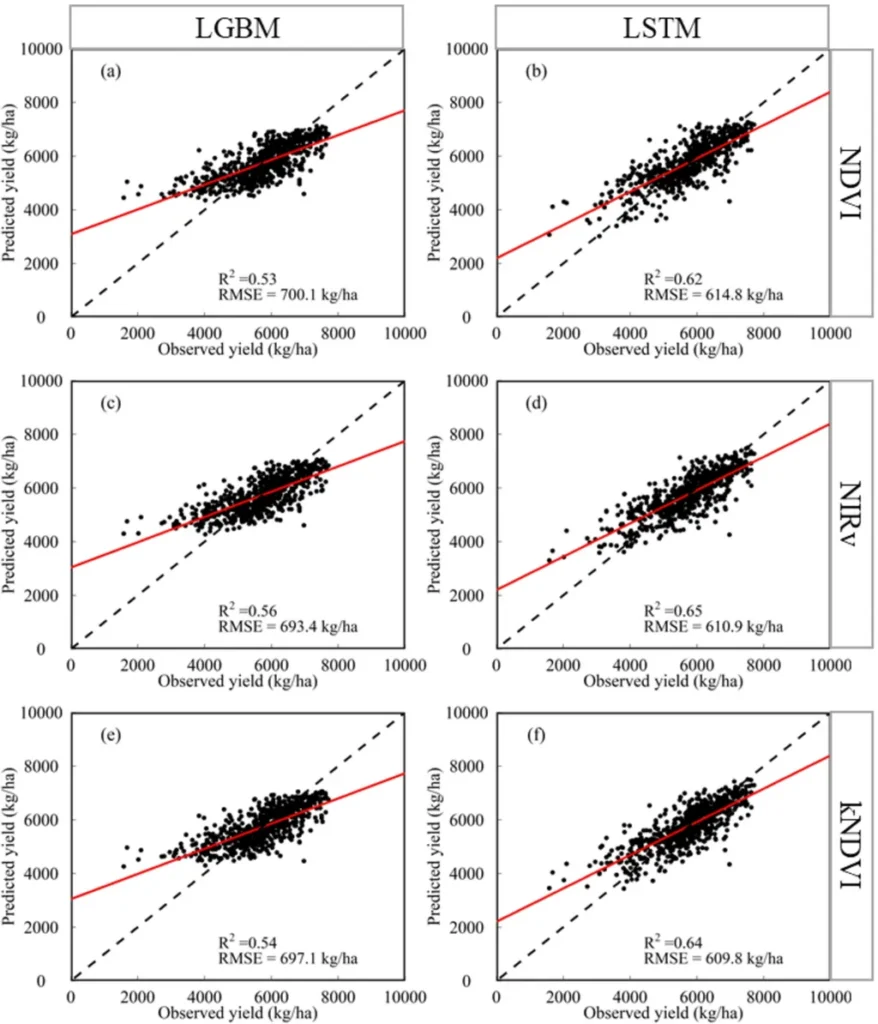In the heart of China’s Shandong province, a team of researchers led by Jinai Li at the Institute of Agricultural Information and Economics, Shandong Academy of Agricultural Sciences, has made a significant stride in the field of smart agriculture. Their work, published in the journal *Frontiers in Plant Science* (translated from its original name), focuses on a novel method for detecting and counting wheat ears in the field, a crucial task for yield estimation and agricultural planning.
The team’s innovation, dubbed YOLOv11-EDS, is a lightweight model designed to address the challenges posed by complex farmland environments. “Existing detection methods often struggle with low accuracy and high computational loads,” Li explains. “Our goal was to create a model that not only improves detection accuracy but also reduces computational complexity.”
The YOLOv11-EDS model incorporates several key improvements. First, it introduces the Dysample dynamic upsampling operator to optimize the upsampling process of feature maps, enhancing feature information transmission. Second, it employs the Direction-aware Oriented Efficient Channel Attention mechanism to help the model focus on key features and improve its ability to capture wheat ear features. Finally, the Slim-Neck module optimizes the feature fusion structure, enhancing the model’s processing capability for features of different scales.
The results are impressive. Compared to the baseline model YOLOv11, YOLOv11-EDS shows significant improvements in precision, recall, and mean average precision (mAP) at various thresholds. “We saw increases of 2.0 percentage points in precision, 3.5 percentage points in recall, and 1.5 percentage points in [email protected],” Li notes. “Moreover, our model reduces the number of parameters to 2.5 M and floating-point operations to 5.8 G, making it more efficient and easier to deploy in real-world scenarios.”
The model’s robustness and environmental adaptability were further verified on a self-built iPhone-view wheat ear dataset, demonstrating its potential for widespread application. This research provides an efficient solution for the automated analysis of wheat phenotypic parameters in complex farmland environments, a development that could significantly impact the agricultural sector.
The implications of this research extend beyond mere detection and counting. Accurate and efficient yield estimation can lead to better resource allocation, improved farming practices, and ultimately, increased agricultural productivity. As the world grapples with food security challenges, innovations like YOLOv11-EDS offer a glimmer of hope.
Li and his team’s work is a testament to the power of technological innovation in agriculture. As they continue to refine and expand their model, the future of smart agriculture looks increasingly bright. “Our research is just the beginning,” Li says. “We believe that with further advancements, we can make significant strides in promoting the development of smart agriculture and addressing global food security challenges.”

